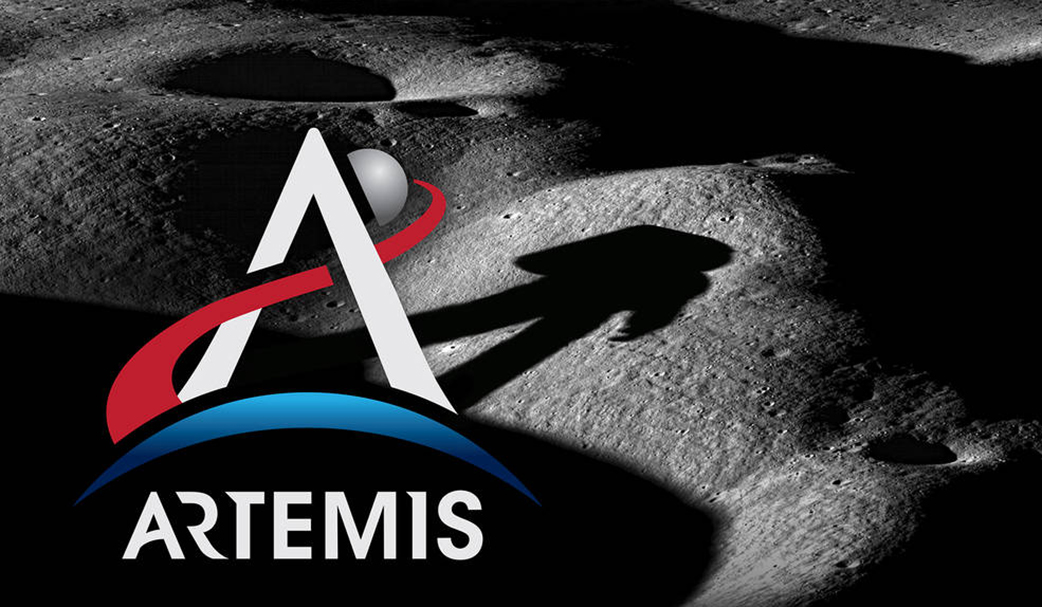GAO: Artemis Moon Landing In 2025 Is Unlikely. Maybe 2026. Or 2027. Or …

Keith’s note: According to GAO: The National Aeronautics and Space Administration (NASA) is preparing to land humans on the moon for the first time since 1972 in a mission known as Artemis III. Since GAO’s September 2022 report (GAO-22-105323), NASA and its contractors have made progress, including completing several important milestones, but they still face multiple challenges with development of the human landing system and the space suits. As a result, GAO found that the Artemis III crewed lunar landing is unlikely to occur in 2025. In July 2023, NASA stated that it is reviewing the Human Landing System schedule.
The current challenges that GAO identified include:
An ambitious schedule: The Human Landing System program is aiming to complete its development—from project start to launch—in 79 months, which is 13 months shorter than the average for NASA major projects. The complexity of human spaceflight suggests that it is unrealistic to expect the program to complete development more than a year faster than the average for NASA major projects, the majority of which are not human spaceflight projects. GAO found that if development took as long as the average for NASA major projects, the Artemis III mission would likely occur in early 2027.
Delays to key events: As of September 2023, the Human Landing System program had delayed eight of 13 key events by at least 6 months. Two of these events have been delayed to 2025—the year the lander is planned to launch. The delays were caused in part by the Orbital Flight Test, which was intended to demonstrate certain features of the launch vehicle and lander configuration in flight. The test was delayed by 7 months to April 2023. It was then terminated early when the vehicle deviated from its expected trajectory and began to tumble. Subsequent tests rely on successful completion of a second Orbital Flight Test.
A large volume of remaining work: SpaceX must complete a significant amount of complex technical work to support the Artemis III lunar landing mission, including developing the ability to store and transfer propellant while in orbit. A critical aspect of SpaceX’s plan for landing astronauts on the moon for Artemis III is launching multiple tankers that will transfer propellant to a depot in space before transferring that propellant to the human landing system. NASA documentation states that SpaceX has made limited progress maturing the technologies needed to support this aspect of its plan.
Design challenges: Axiom is leveraging many aspects of NASA’s prior work to develop modernized space suits, but significant work remains to resolve design challenges. For example, NASA’s original design did not provide the minimum amount of emergency life support needed for the Artemis III mission. As a result, Axiom representatives said they may redesign certain aspects of the space suit, which could delay its delivery for the mission.
NASA plans to take multiple steps to determine whether SpaceX’s and Axiom’s systems meet its mission needs and are safe for crew. For example, NASA developed a supplemental process—one not required by its policies—to determine whether the contractors’ systems meet requirements before the mission. Also, NASA’s contracting approach to acquire the human landing system and space suits as services included insight clauses in the SpaceX and Axiom contracts. Program officials stated these clauses ensure that NASA has visibility into broad aspects of the contractors’ development work, including anything that could affect the Artemis III mission or crew safety. Officials stated that this visibility extends to certain aspects of work SpaceX and Axiom are doing for their commercial endeavors. For example, this included SpaceX’s activities leading up to the Orbital Flight Test, which flew a commercial variant of the human landing system.
Why GAO Did This Study
NASA is returning humans to the moon to maintain U.S. leadership in space exploration and prepare for future missions to Mars. NASA is implementing the Artemis missions to meet these goals. To accomplish the Artemis III mission as planned by December 2025, NASA needs to develop, acquire, and integrate several new systems. These include a system to transport crew to and from the lunar surface, and space suits for lunar surface operations. NASA is using a relatively new approach to acquire the human landing system and space suits that is intended to increase innovation and improve affordability. To develop the lunar lander, NASA awarded a contract option to SpaceX in 2021. To develop Artemis space suits, it awarded a contract to Axiom Space in 2022.
A House report includes a provision for GAO to review NASA’s lunar programs. This is GAO’s fourth report examining the Artemis enterprise.
This report describes the extent to which NASA has made progress in developing key systems needed to land humans on the moon in 2025, and has processes in place to ensure that those systems will meet NASA’s needs and be safe.
GAO assessed NASA data, documentation, and policy; analyzed contract documentation, contractor risk charts, and technology maturation plans; and interviewed NASA officials and industry representatives.
GAO Report: NASA Artemis Programs: Crewed Moon Landing Faces Multiple Challenges – Full report
7 responses to “GAO: Artemis Moon Landing In 2025 Is Unlikely. Maybe 2026. Or 2027. Or …”
Leave a Reply
You must be logged in to post a comment.









The ‘Artemis’ Moon landing will occur whenever the Space X StarShip is ready. And, oh, theyll need spacesuits too. If NASA wants, they can use an Orion capsule, though it wont be required, strictly speaking of StarShip has been tested amd proven.
I find it humorous that there are so many civil servants in the Artemis Program-I think it is multiple programs so they can spread the money to ALL the NASA centers- and there are people from NASA and people from the GAO and people from Congress and all of them are powerless, doing nothing but looking over the shoulders, and it is totally in Space X’s hands to get the job done. The federal civil servants offer their best wishes, words of encouragement, and apparently not much else.
Its OK, no one in the public has ever heard of “Artemis”. It must be a secret program. Everyone thinks its Musk and Space X who will take American to the Moon and onto Mars.
Completely untrue.
Firstly, I continue to argue that returning to the moon is a waste of time and resources. We were already there once and it’s just a large, dead rock. We should be working on a long-term, long-range plan to get to Mars. I am not sure a moonbase adds any value to a Mars mission. Artemis is turning into a boondogle and consuming more time, money and resources than NASA had originally budgeted. I suspect that an Artemis moon landing will not happen before 2030. The Starship heavy lift rockets keep blowing up and fail to reach orbit. Putting tankers in orbit and refueling them for transfer to the HLS is a humongous challenge in itself. This is necessary and also required for a Mars, long-range mission. We could never launch a fully fueled spaceship to Mars from Earth – it would need to be refueled in orbit and maybe even along the journey to Mars, like stepping stones from the Earth to Mars. That NASA , Congress and the US Government want to waste money returning to the moon is a decision beyond my comprehension. I will long be dust in the wind by the time we make it to Mars, but at this rate the same might be true of returning to the Moon. Cheers.
Apparently most in the US, about 88%, are in agreement that there is no reason to go back to the Moon according to a recent poll. Personally I believe there is reason to go but it has zero to do with exploration. NASA has not recognized this. They are so enthralled with science and exploration-even their organizations are called ‘exploration this and that’. Its all about utilization and development. If they have any hope of going to more distant worlds or on more distant missions or if they want to develop systems for long term habitation in space then they need to learn to do the Moon first and to use the resources from the Moon. Maybe sometime they will recognize this and begin to explain what they are doing more accurately, Right now they do not even understand it themselves. I’m very disillusioned with NASA.
Though I understand the confusion given the headlines about the poll, that’s not what it determined. It did not indicate that 88% “are in agreement that there is no reason to go back to the Moon.” On the contrary, the results seem to indicate that around 57% of Americans believe returning to the moon is important. Of those, the disagreement is only on the priority. 12% believe going back to the moon should be a top priority. Headlines only discussed this number, which is misleading and may lead a person to believe that 88% of people do not wish NASA to focus on human crewed moon missions at all.
The question was worded:
How would you rate each of the following priorities for NASA’s space efforts?
The options for each item were:
[ ] Should be a top priority
[ ] Should be important but lower priority
[ ] Should not be too important
[ ] Should not be done
And for the priority “Sending human astronauts to the Moon” the breakdown was
12% Should be a top priority
45% Should be important but lower priority
34% Should not be too important
7% Should not be done
1% No answer
For reference, this poll was done by Pew Research Center and can be found here: https://www.pewresearch.org/science/wp-content/uploads/sites/16/2023/07/PS_2023.07.20_Space_TOPLINE.pdf